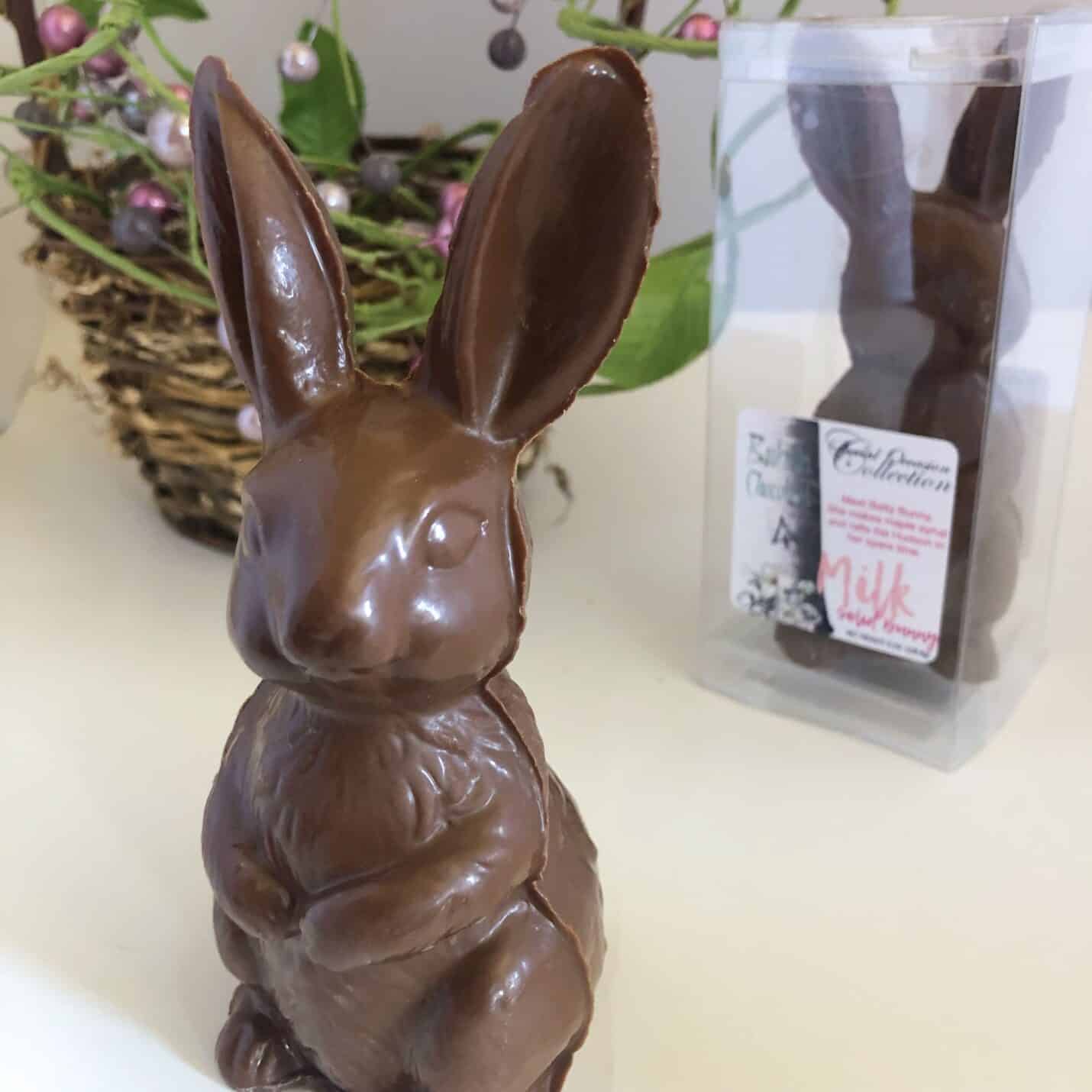Easter is one of the biggest candy-profiting holidays in America; no surprise as baskets are overflowing with sweets! Here are some interesting facts about Easter foods in honor of the upcoming holiday:
- Chocolate is 70% of Easter candy sales – it’s not a surprise that chocolate makes up the majority of Easter candy sales, as it is the biggest chocolate holiday in America as far as sales go. According to a 2018 statistic, 935 million dollars was spent on Easter chocolate in America, a third of all holiday chocolate sales! The most popular chocolate sold around Easter in the U.S. are the Reese’s Peanut Butter Eggs, followed by solid chocolate eggs and chocolate bunnies, according to a 2021 survey done by RetailMeNot.
- Over 700 million Peeps are consumed each Easter – original Peeps and bunny Peeps only differ in shape, as the classic “Peep” candy consists of a soft, shaped marshmallow covered in small, colored crystal sugar. Because of the original shape of a chick, or baby bird, the candy is easily associated with Easter and a common treat during the holiday. Peeps were invented in 1953 by Pennsylvania candy company Just Born, founded in 1910 by Russian immigrant Sam Born. Back then, a single Peep took 27 hours to make, as opposed to the five minutes it takes today (which most likely helps around Easter!)
- Pretzels used to be associated with Easter – you may not think of pretzels when Easter arrives, but the salty snack used to be as relevant as the eggs we dye today. Since Christianity has a lot to do with Easter, or more appropriately Lent, the pretzels represented arms crossed over the chest in prayer, a common form back then. Pretzels were reportedly created in 610 AD by a monk in France or Italy during the Lenten period, where bread was allowed but only made with water, flour and salt. The bread became popular during Lent and Easter due to its shape and gained the symbolism of prosperity and life. Now, we tend to think of them as a movie snack rather than a religious symbol or Easter food.
- Americans purchase over 180 million eggs to dye for Easter – While we expect the sales of candy and stuffed bunnies to spike, people often forget the easily accessible and non-seasonal Easter necessity: eggs! Believe it or not, eggs are a lot more prevalent in other cultures’ Easter than one would think. In Christianity, most often associated with Easter, eggs were a food that couldn’t be eaten during lent. Once the four week period ended, in celebration, Christians would paint their eggs and decorate them to celebrate. In 17th century Denmark, the story of a German egg-laying rabbit was one that started the tradition of hiding eggs, as the rabbit would deliver eggs to children. Nowadays, both traditions play into Easter as egg hunts and dyeing are a key point of the holiday!

